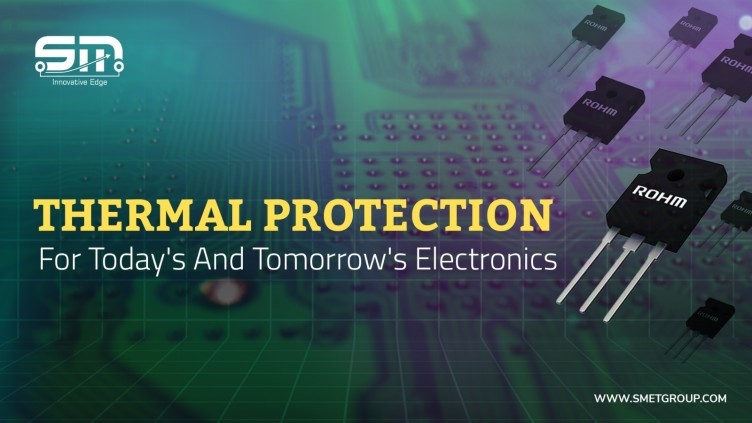Thermal protection is crucial for the proper functioning and longevity of electronics, especially as they become smaller and more complex. It involves managing the heat generated by electronic components and devices to prevent damage and ensure optimal performance.
With the rapid growth of electronic technology, the need for effective it has become increasingly crucial. The components and devices in electronics are becoming smaller and more complex, which generates more heat per unit area, and at the same time, the demand for higher performance has increased, leading to higher operating temperatures. This article will discuss the challenges posed by thermal management in electronics and the different techniques used.
The primary challenge in thermal management is dealing with the heat generated by the components and devices. This heat can cause damage to the electronic components, including performance degradation, increased failure rates, and even catastrophic failures. Additionally, the heat can also cause problems with the surrounding components and devices, leading to issues such as electromagnetic interference (EMI) and thermal runaway. Due to an increase in the demand for automotive applications we are introducing Automotive SiC MOSFET.
Automotive grade SiC MOSFET (AEC-Q101 qualified SiC MOSFETs)
ROHM introduces the SiC MOSFET which offer high-speed switching with high breakdown voltage impossible to achieve with silicon devices. Establishing a trench gate structure in mass-produced SiC MOSFETs makes it possible to significantly reduce heat generation. In addition to high energy savings and efficiency, the high-frequency drive supports the use of smaller peripheral components. It includes 650V and 1,200V models in 2 different ON resistances, allowing users to select the ideal product to suit application needs.
These 1200V SiC MOSFETs optimized for automotive powertrain systems, including the main drive inverter, as well as power supplies for industrial equipment.
Main Key Features
1) Improved trench structure delivers the industry’s lowest ON resistance.
2) Achieves lower switching loss by significantly reducing parasitic capacitance.
Several strategies can be implemented:
1. Design for Thermal Management:
Electronics should be designed with thermal management in mind.
2. Use Thermal Simulation Software:
Thermal simulation software can help predict the heat generated by electronics and identify potential hotspots.
3. Use Appropriate Cooling Techniques:
Effective cooling techniques such as heat sinks, and liquid cooling should be selected based on the specific requirements of the electronics.
4. Maintain Appropriate Operating Conditions:
Electronics should be operated within their specified temperature range.
5. Monitor Temperature:
Temperature sensors should be used to monitor the temperature of electronics.
6. Implement Fail-safe Mechanisms:
Fail-safe mechanisms such as thermal shutdown can be implemented to protect electronics from overheating.
7. Conduct Regular Maintenance:
Regular maintenance can help ensure the continued effectiveness of thermal protection measures.
By implementing these strategies, thermal protection for today's and tomorrow's electronics can be effectively managed, leading to improved performance and reliability.
It is crucial for the performance and reliability of electronics. The rapid growth of electronics technology has led to increased demand for effective techniques. The techniques discussed in this article, including heat sinks, thermal interface materials, liquid cooling, and phase-change cooling, provide effective thermal protection solutions for today's and tomorrow's electronics.

